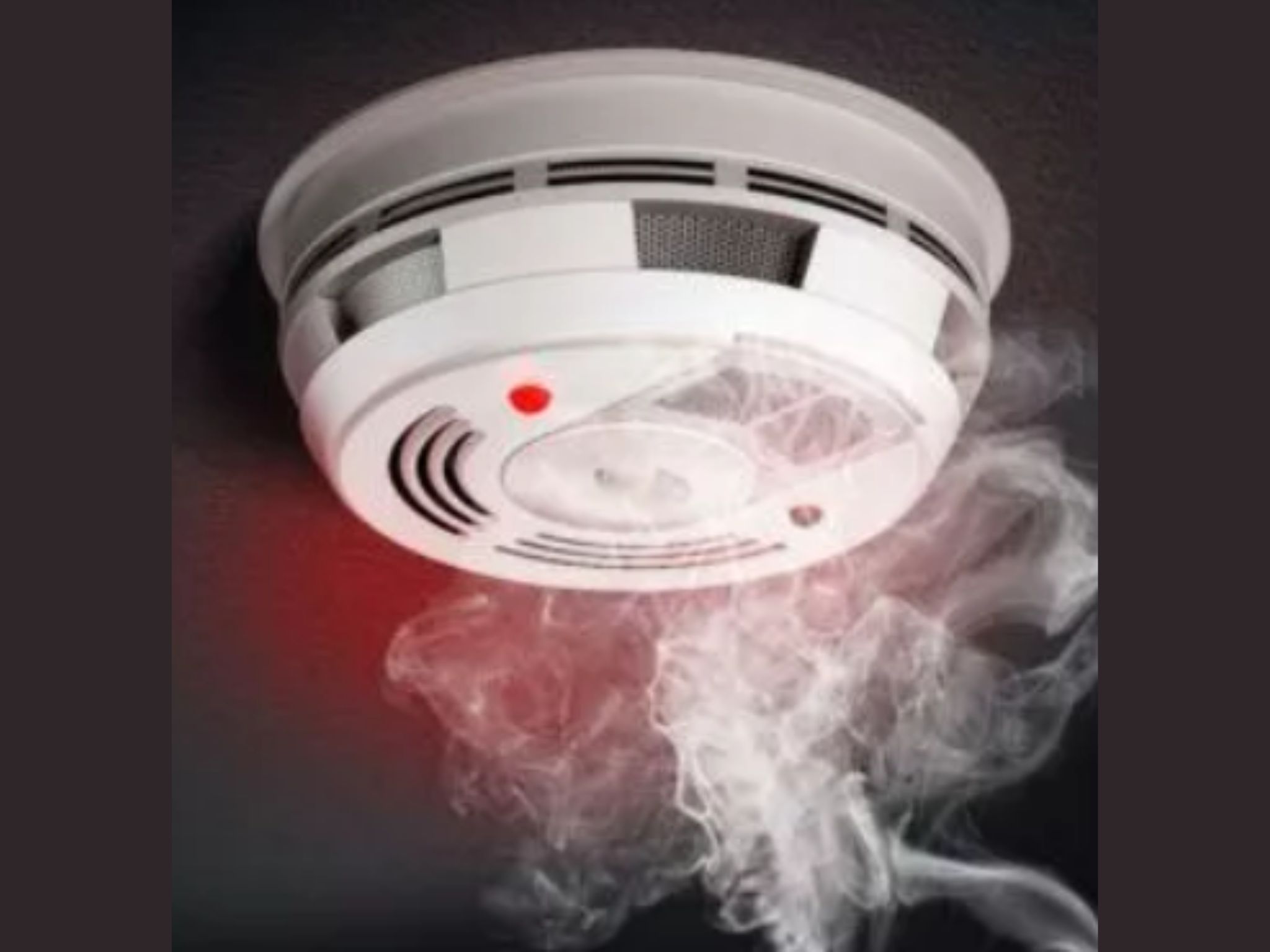Smoke and other combustion products are the first signs of a potential fire. Thus, detecting smoke particles or toxic combustion gases is one of the fastest known ways to alert people 24/7 to the existence of a potential fire. This will provide more time for a safe evacuation. Automatic detection devices, such as smoke detectors, that are properly installed and maintained, play a vital role in reducing fire deaths and injuries in workplaces and homes. Since the late 1970’s, smoke detectors contributed to an almost 50 percent decrease in fire deaths. Therefore, it is imperative to make sure that smoke detectors and smoke alarms are present and in good working condition for the protection of life and property.
TOXIC GASES IN SMOKE
The cause of death and injury in a fire is mainly due to smoke inhalation and not actual contact by flames, unless a person is extremely close to the fire location. According to the National Fire Protection Association (NFPA) Fire Analysis & Research Division, about two-thirds of all fatal injuries in fires are due to smoke inhalation, possibly in combination with other fire effects, with more than half of such deaths attributed to smoke inhalation alone. Smoke is a typical by-product of fire that may be accompanied by carbon monoxide and other toxic gases depending on the nature of the burning material. When exposed to toxic gases and smoke, a person will usually experience headaches and nausea, then partial incapacitation that reduces a person’s chance of escape, followed by loss of consciousness and danger of death depending on the concentration of toxic gases and length of time of the exposure.
SMOKE ALARM VS. SMOKE DETECTOR
Both smoke alarms and smoke detectors work by detecting tiny smoke particles and gases given off when a combustible material burns. Smoke alarms (most common in residential buildings) immediately sound the alarm when a high concentration of smoke is detected. Smoke detectors (most common in businesses) are one component of an alarm system with a fire panel. Sounding the alarm, smoke detectors typically transmit a signal to the control panel to notify and allow an official to investigate an area where a detector has been activated. During this time, the alarm system may initiate other actions such as closing fire doors and activating the building’s smoke controls. If three minutes pass without an assessment of potential fire, the Life Safety Code NFPA 101 and NFPA 72 require that the building’s fire alarm system be programmed to automatically trigger an evacuation alarm.

